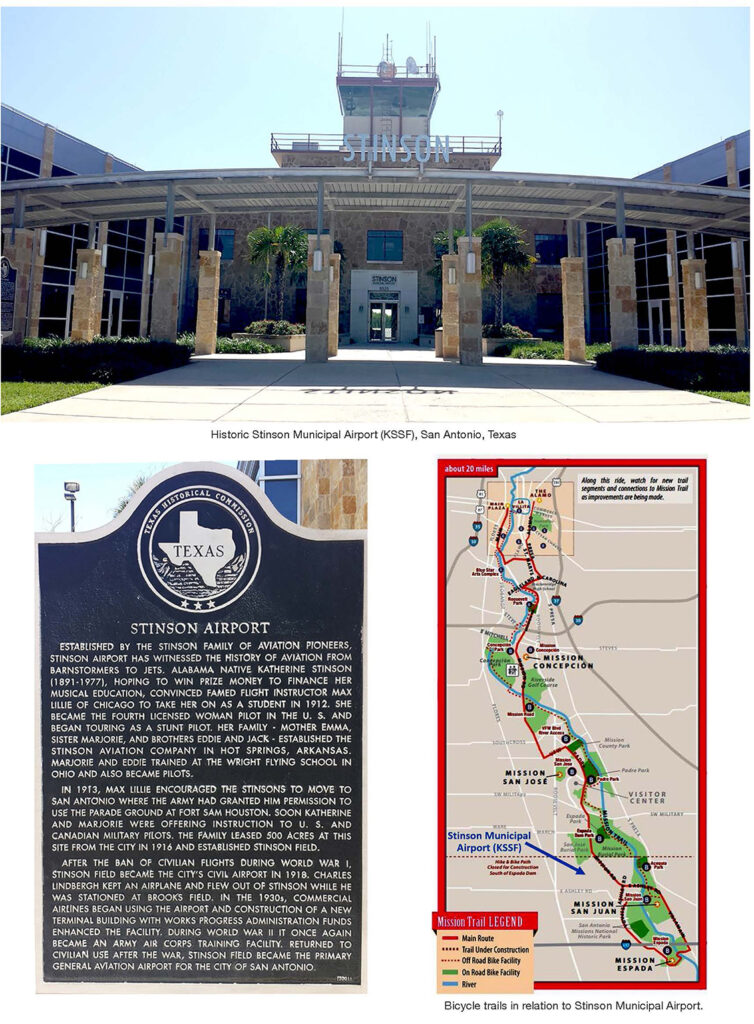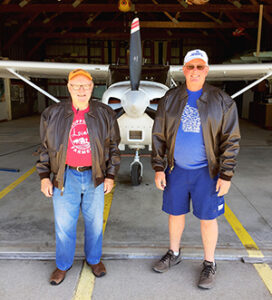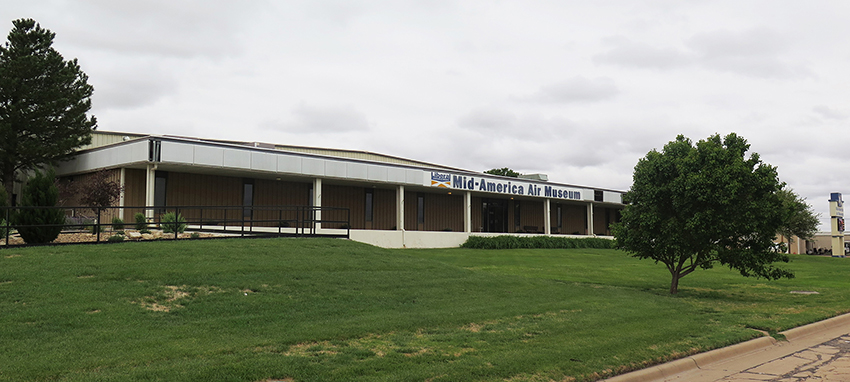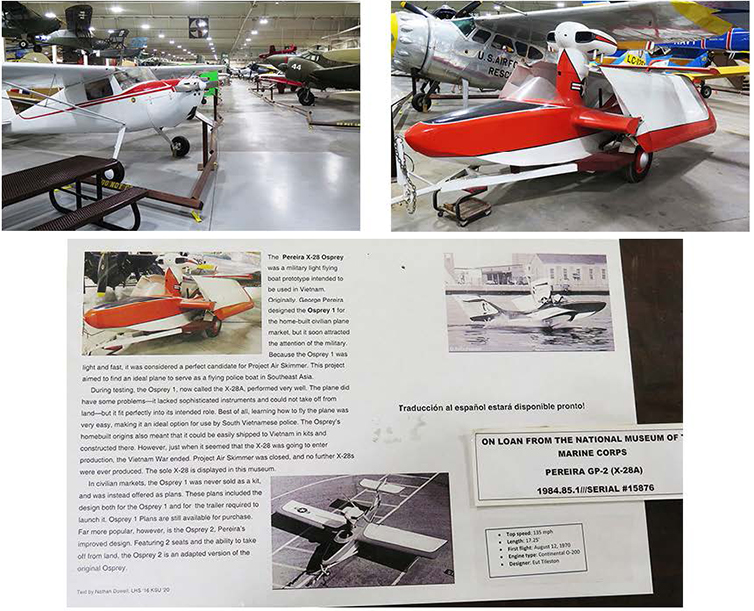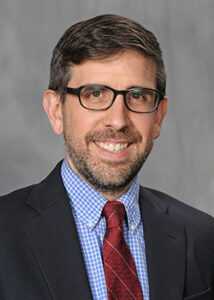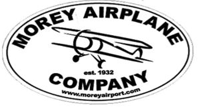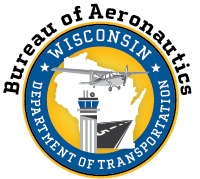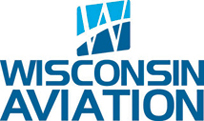by Dr. Bill Blank, MD
© Copyright 2022. All rights reserved!
Published in Midwest Flyer Magazine August/September 2022 Digital Issue
Until recently, it was difficult to track your medical application. It required a call to Oklahoma City or your Regional Flight Surgeon and, usually, a long wait on the phone. That has changed recently. The new Federal Air Surgeon, Dr. Susan Northrup, has set out to improve the certification process. She has said, “If you can track where your rideshare car is, or the status of a company delivering your package, pilots should be able to see online the real-time status of their application.” You can now do it via MedXPress.
Why would you want to track the application? Most applicants receive their certificates the day of the exam. Sometimes, however, the AME (Aviation Medical Examiner)
defers the exam. These applicants are interested in the status of the application and the time needed for certification. I will tell you how to track your exam and explain the steps to certification.
Go to MedXPress and log in. Click on the Application Status tab. There are five possible states: Submitted, Imported, Transmitted, In Review/Action Required, and Certification Status. These are shown horizontally under the Application Status tab. I will discuss each.
Submitted means you have completed the 8500-8 online and submitted it. This is when you get the confirmation number. If you didn’t receive a confirmation number, it hasn’t been properly completed and submitted. This application is good for 60 days. After that, it is no longer valid, and you will need to complete another one.
Your AME imports your exam to his computer so that he can record his findings on the 8500-8 and transmit them. When he imports the 8500-8, the FAA considers the exam to have started. The AME has 14 days from the date of importation to transmit it. I have emphasized several times that I would never give my confirmation to the AME until the day of the exam. That way you don’t lose time, if for some reason the exam is delayed. This can become important, if it is necessary to obtain records. After 14 days, the AME essentially has two choices – approve or defer. AMEs are strongly encouraged to never deny. From your point of view, nothing will happen until the exam has been transmitted. I always transmit exams the day of the exam unless there is a reason for delaying doing so. MedXPress gives you the date of transmission.
After transmission MedXPress will indicate “In Review/Action Required.” Sometimes this is called “In Certification.” Your application is first reviewed by a Legal Instrument Examiner (LIE), a non-physician trained to do so. In some cases, the LIE has the needed information and can authorize issuance. If not, the LIE can request further information which will delay everything. If the LIE is not authorized to issue in your situation, it will be sent to an FAA physician, called a Medical Review Officer (MRO) who can request additional information, issue, or deny. If the In Review/Action Required tab changes to a yellow triangular warning signal, that indicates more information is needed from you. The FAA will mail you a letter via the U.S. Postal Service requesting what additional information is needed. The FAA cannot make this request via email. In many cases, an estimate is given regarding how long the review is expected to take. A telephone number is provided to call if that period has been exceeded. The last state is “Certification Status.” Hopefully, that will indicate that your medical has been approved and issued.
If you would like more detailed information than I can provide here, go to MedXPress and click on the “help” tab. You do not need to log in.
Happy Flying!
EDITOR’S NOTE: Columnist William A. Blank is a physician in La Crosse, Wisconsin, and has been an Aviation Medical Examiner (AME) since 1978, and a Senior AME since 1985. Dr. Blank is a retired Ophthalmologist, but still gives some of the ophthalmology lectures at AME renewal seminars. Flying-wise, Dr. Blank holds an Airline Transport Pilot Certificate and has 6000 hours. He is a Certified Instrument Flight Instructor (CFII) and has given over 1200 hours of aerobatic instruction. In addition, Dr. Blank was an airshow performer through the 2014 season and has held a Statement of Aerobatic Competency (SAC) since 1987. He was inducted into the Wisconsin Aviation Hall of Fame in 2021.
DISCLAIMER: The information contained in this column is the expressed opinion of the author only, and readers are advised to seek the advice of others and refer to the Federal Aviation Regulations and FAA Aeronautical Information Manual for additional information and clarification.








